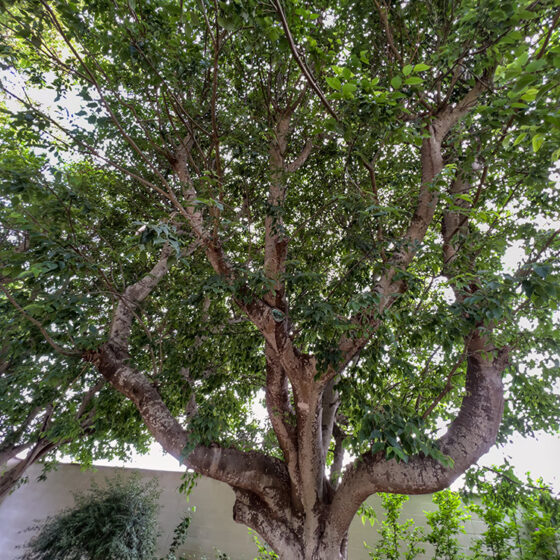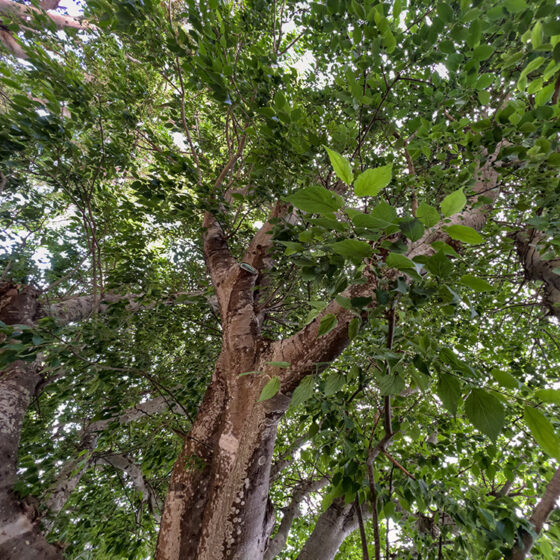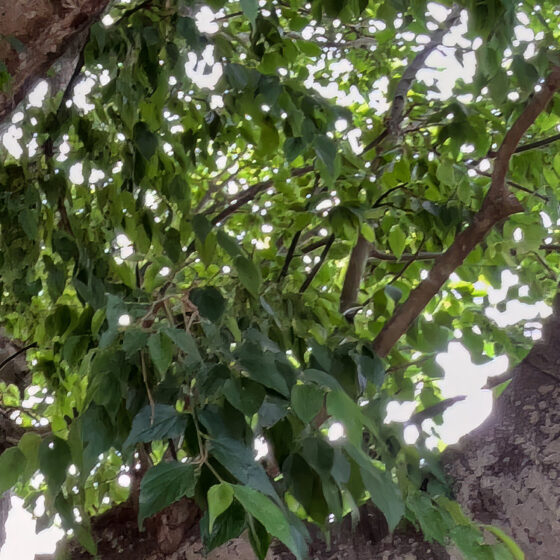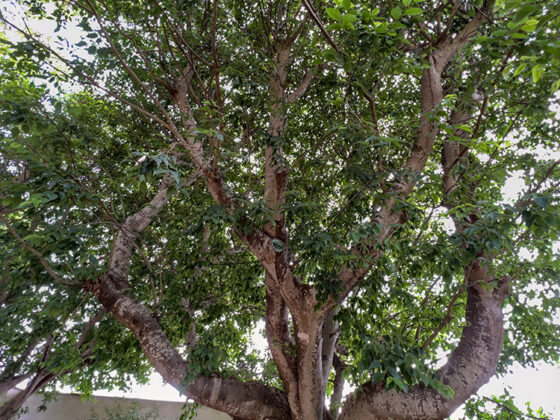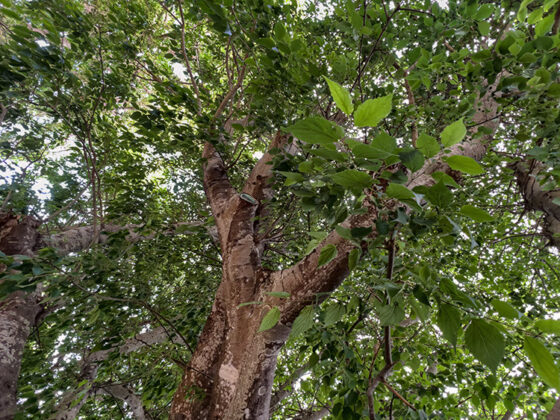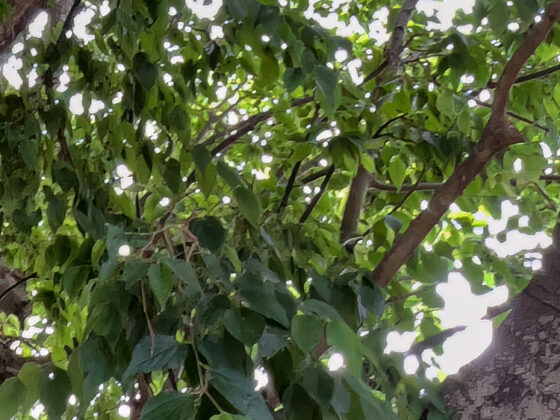European Nettle Tree
Celtis australis
The name of the genus Celtis, is the Greek name of a tree applied by Linnaeus. The name of the Australis species, from the Latin, means from the South, probably referring to its Mediterranean origin, that is, southern Europe. Originally from the Mediterranean region.
A deciduous tree that is 12-16 m high, with a straight trunk and smooth bark. It has a leafy crown which is dark green in colour. Its leaves are simple, alternate, distichous, ovate-lanceolate and acuminate.
They measure 8-9 cm in length. The base is rounded and somewhat uneven. The edge is serrated. The topside of the leaf is dark green, with hairs that are rough to the touch. The underside is clear and pubescent. The veins of the leaves distinguish it clearly from the elms. Solitary flowers, polygamous, axillary, long pedunculated, appear in Spring but are without interest. Druceous fruit that is spherical or ovate, up to 1 cm in diameter, a green colour that turns black at maturation. The pulp is edible and remains in the tree for a long time.
It is multiplied by seeds, which are collected in the winter, when they are still in the tree and the tree has lost its leaves. It can also be multiplied by cuttings. The tree is quite tolerant to all types of soils, although it develops better in looser soils. It is fairly resistant to drought. It is used in gardening as shade or to give alignment.
They prefer soft climates and humid soils and can occur in both siliceous and limey soils. The leaves and fruits are astringent because of their tannins and for this reason it was used in folk medicine.
They feature in Plaza de Mina, Antonio Machado Street and Juan Carlos I Avenue.


